Bailout cylinder and pillar valve compatibility failure
- Safety Flash
- Published on 3 March 2017
- Generated on 27 April 2025
- IMCA SF 05/17
- 3 minute read
Jump to:
A member has reported a near miss incident in which there were failures of pillar valves.
What happened?
The incident occurred during visual inspection of bailout cylinders, when it was identified that six out of the twelve pillar valves tested, with GO/NO-GO thread gauges, failed the GO thread gauge test.
Of the six cylinders that passed the original test, four cylinders were rechecked at the next six-monthly planned maintenance check, and two of the pillar valves failed the GO gauge thread test. A possible cause of the later failure may have been wear and tear, continual emptying and recharging to 200 bar (at 200 bar there is almost 1 tonne of force on the pillar valve).
Our member has introduced a quality check of cylinder threads and pillar valves whereby GO/NO-GO thread gauges are used before accepting any new stock. When recently purchasing new cylinders and additional pillar valves the pre-acceptance tests were performed. It was identified that there was a surprisingly high failure rate when testing the new pillar valves. Of six pillar valves purchased, four failed the GO thread gauge test. It is to be noted that similar failure rate has also been the case with subsequent purchases of pillar valves.
Attached are photographs of both the six pillar valves which failed during the original test and two other, order replacement pillar valves which also failed the test. Also attached are photos of a new pillar valve with packaging and demonstration photos of successful & unsuccessful GO thread gauge tests.
All tests were conducted by a technician who is qualified as an “ASSET” Part 1 & Part 2 Cylinder Inspector using recently calibrated GO/NO-GO thread gauges.
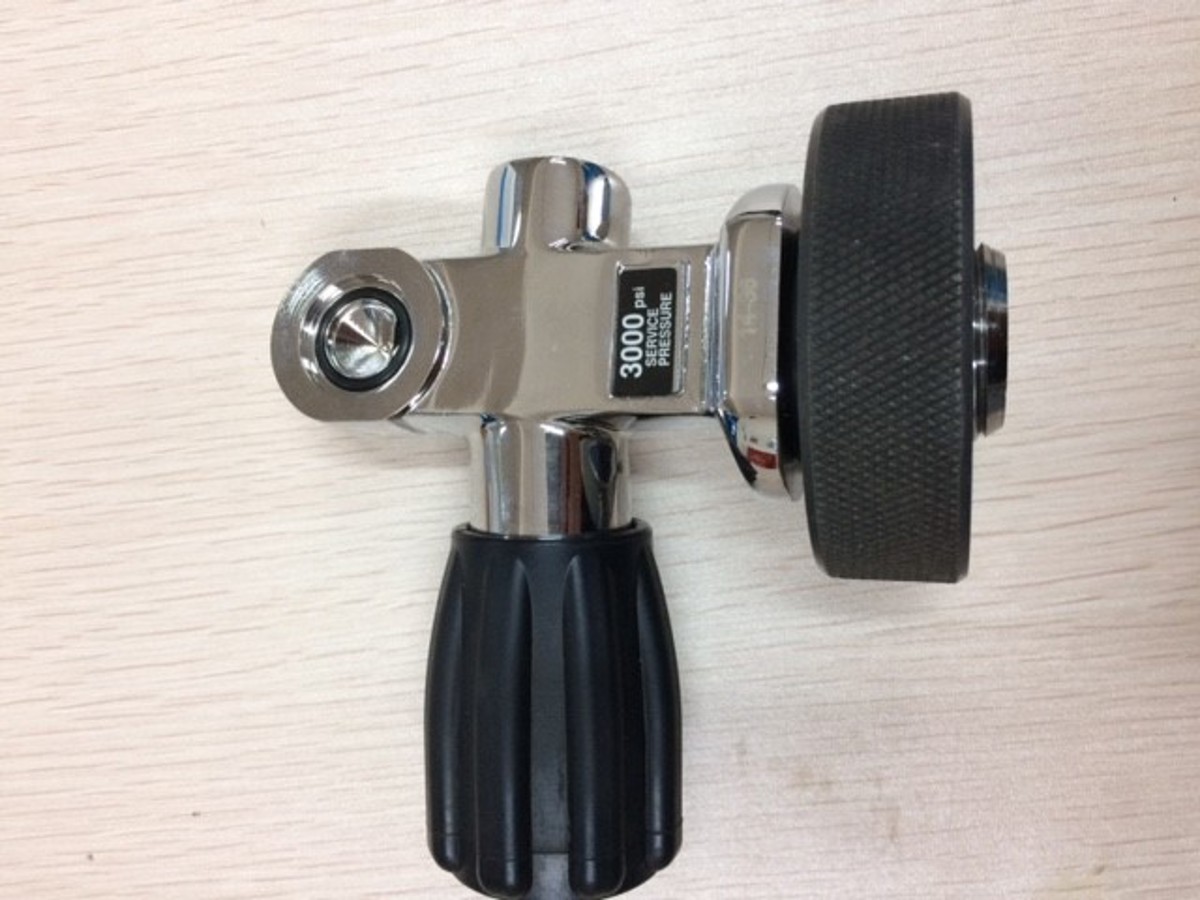
example of a GO gauge PASS
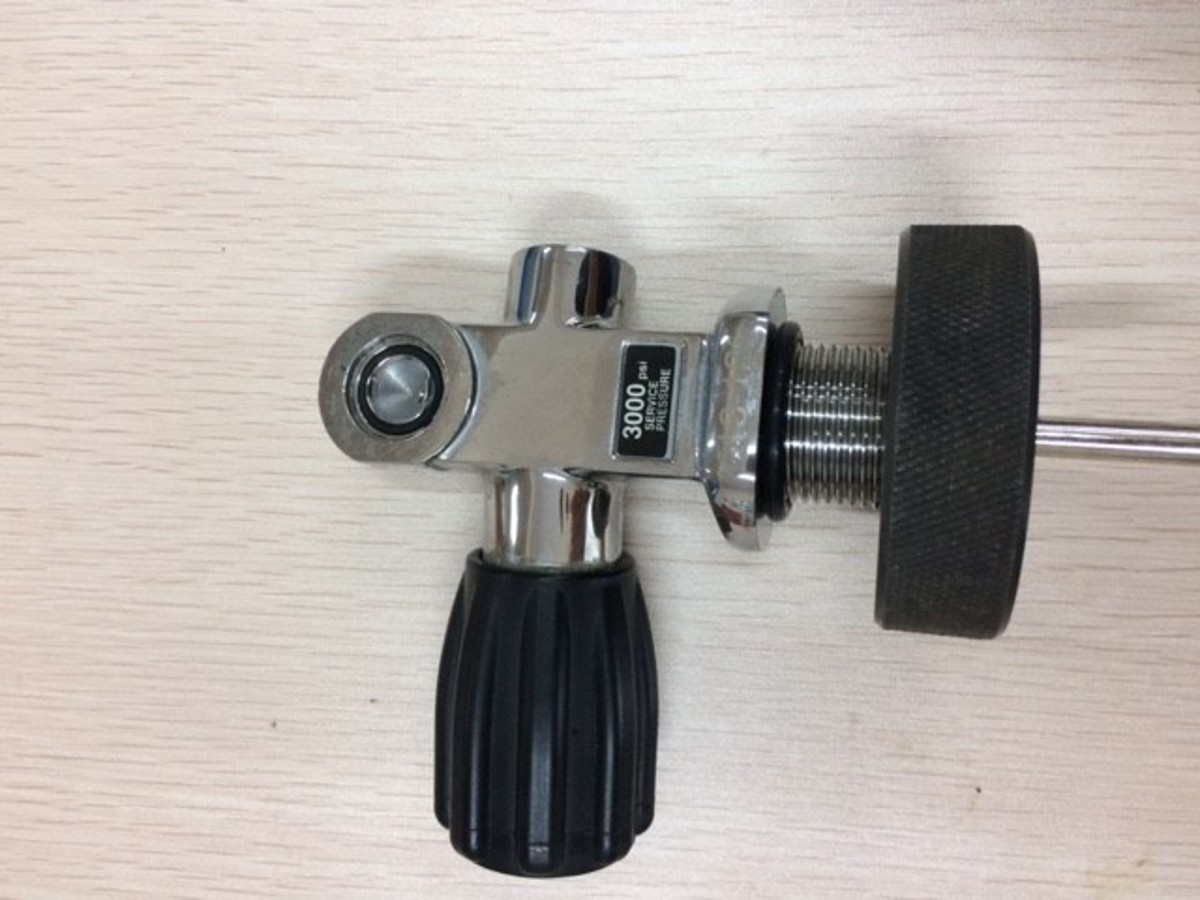
example of a GO gauge FAIL
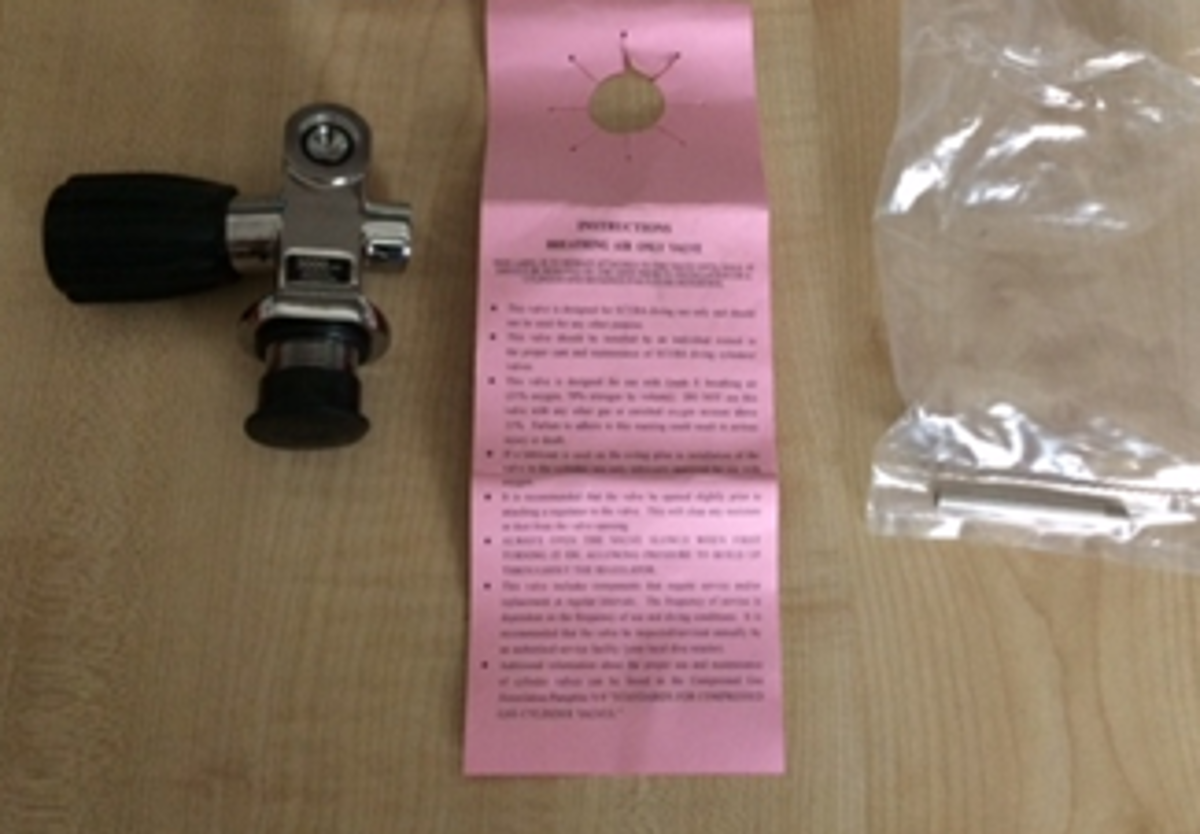
new pillar valve with packing
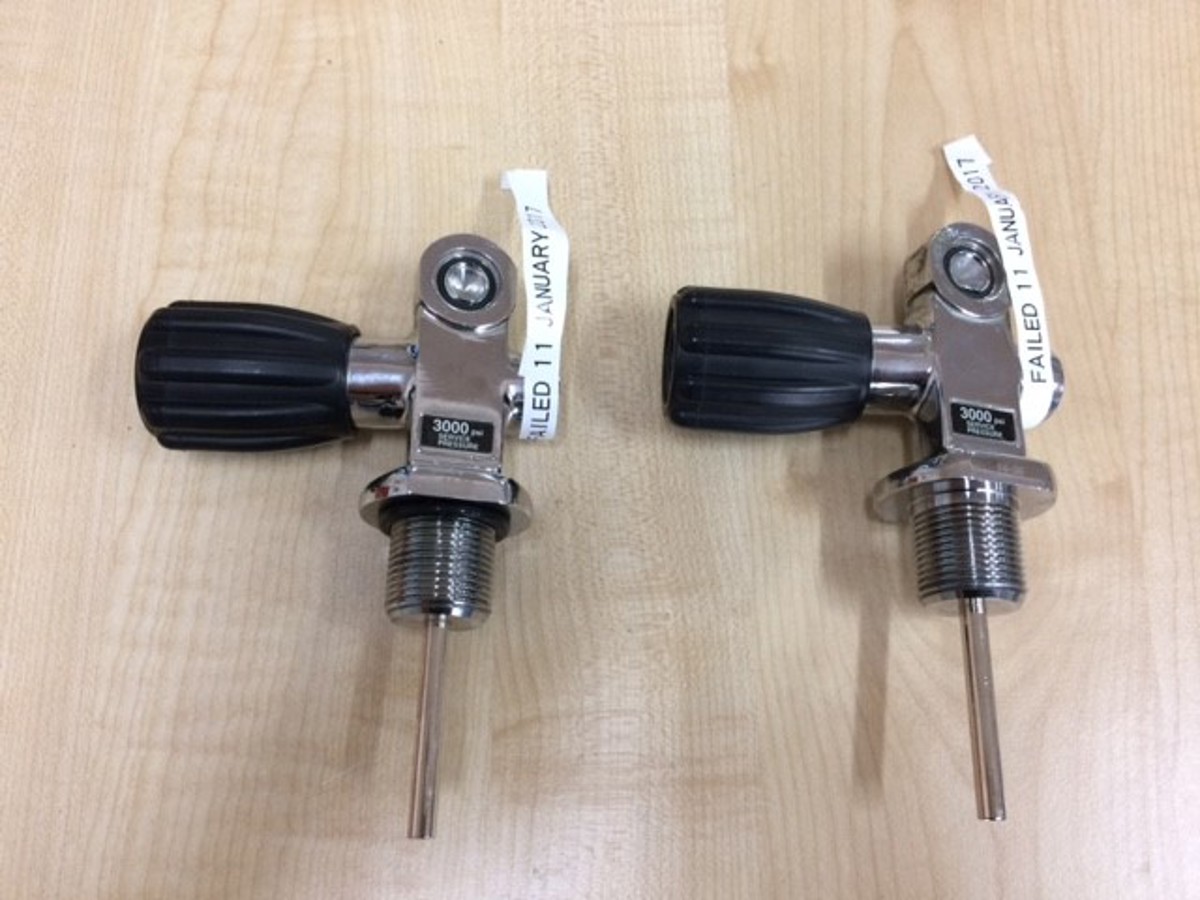
examples of new pillar valves that failed
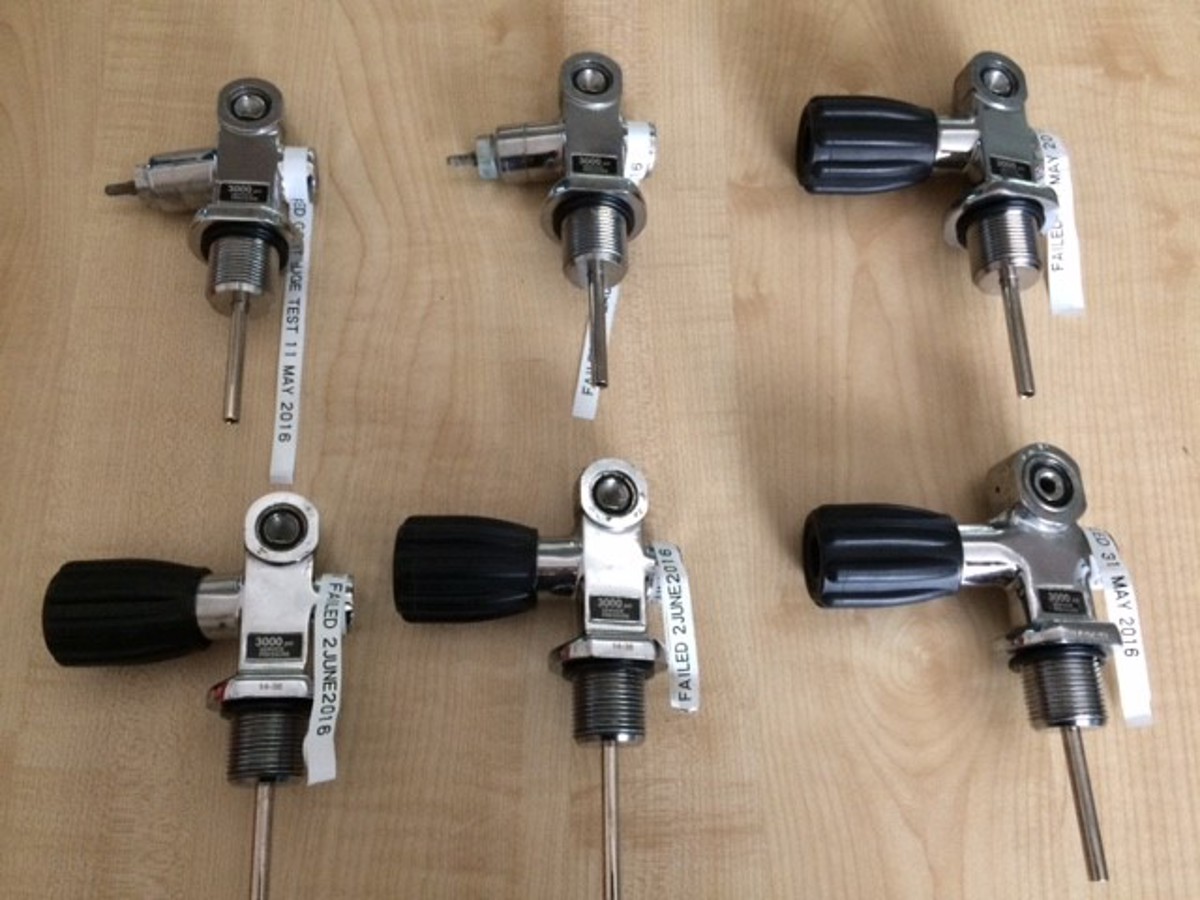
six in service pillar valves that failed
Recommendations
Our Member recommends that organisations using Bailout Cylinders should:
- Establish a planned maintenance system procedure whereby on all 6 monthly internal visual inspections the cylinder and pillar valves threads are checked using the GO/NO-GO thread gauges.
- Ensure that cylinders and pillar valves are checked when purchased and before putting into service to ensure correct fitting using calibrated GO/NO-GO thread gauge and by a trained technician.
- Implement a method of marking the pillar valves so that a register can be created to record or link a particular pillar valve to a particular cylinder by serial number.
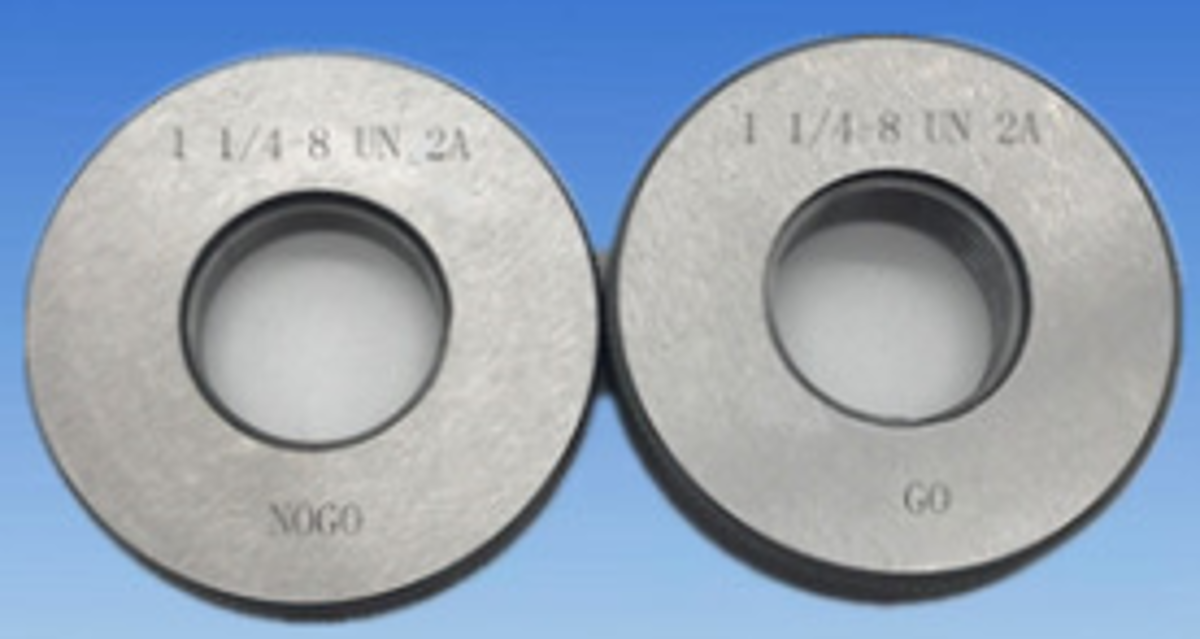
GO or NO-GO thread ring gauge – A thread RING gauge is used to check the accuracy of an outside thread. The GO thread ring gauge should easily and completely slide over the outside thread. The NO-GO thread ring gauge should not be able to slide over more than three threads - if it does, the outside thread is too small.
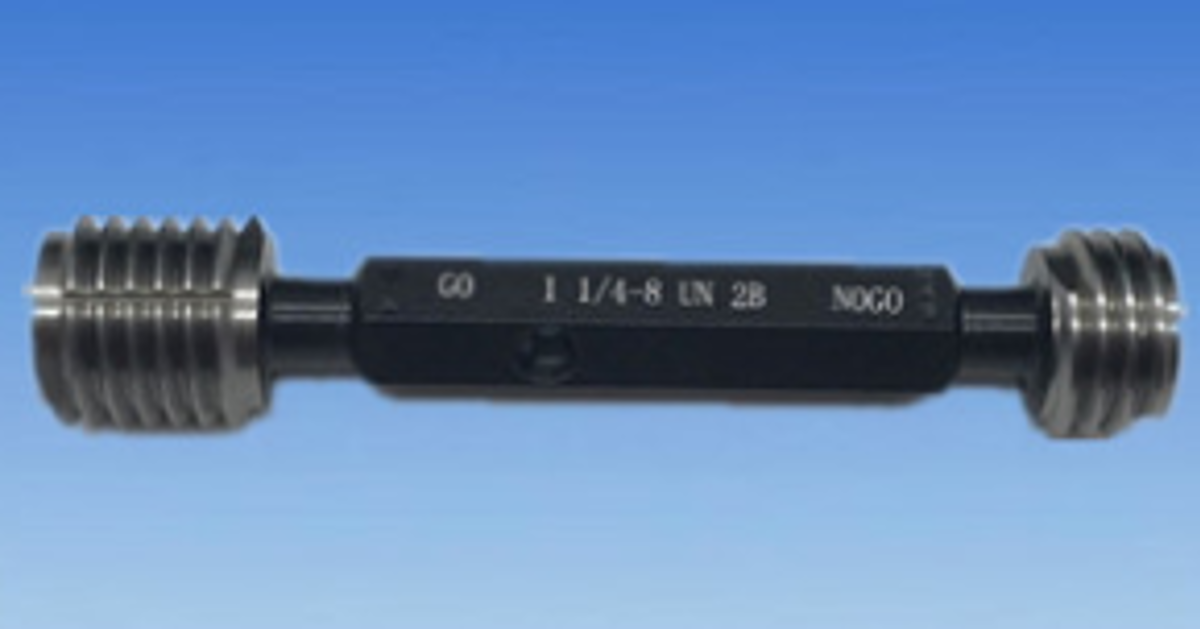
GO or NO-GO thread plug gauge – A thread PLUG gauge is used to check the accuracy of a threaded hole. The longer end of the tool will be the GO end, while the shorter end is NO-GO. The longer end should be able to thread into the threaded hole easily and completely. If not the hole is too small. The NO-GO end should not enter beyond the third thread - if it does, the threaded hole is too large.
Related Safety Flashes
-
IMCA SF 01/16
7 January 2016
-
IMCA SF 19/14
18 December 2014
-
IMCA SF 12/09
17 August 2009
IMCA Safety Flashes summarise key safety matters and incidents, allowing lessons to be more easily learnt for the benefit of the entire offshore industry.
The effectiveness of the IMCA Safety Flash system depends on the industry sharing information and so avoiding repeat incidents. Incidents are classified according to IOGP's Life Saving Rules.
All information is anonymised or sanitised, as appropriate, and warnings for graphic content included where possible.
IMCA makes every effort to ensure both the accuracy and reliability of the information shared, but is not be liable for any guidance and/or recommendation and/or statement herein contained.
The information contained in this document does not fulfil or replace any individual's or Member's legal, regulatory or other duties or obligations in respect of their operations. Individuals and Members remain solely responsible for the safe, lawful and proper conduct of their operations.
Share your safety incidents with IMCA online. Sign-up to receive Safety Flashes straight to your email.